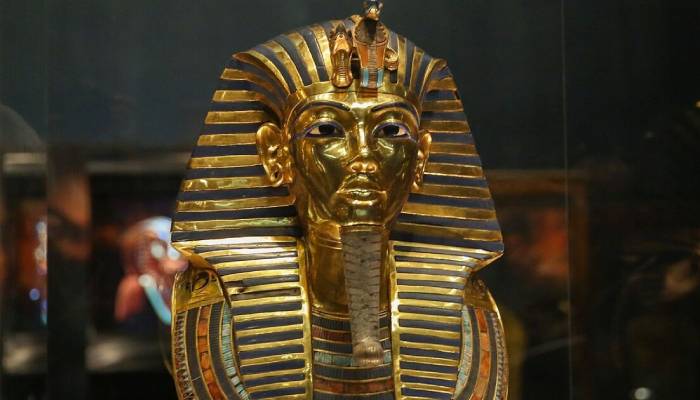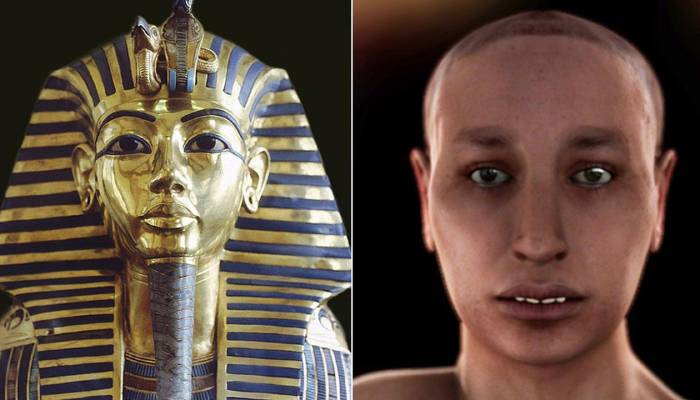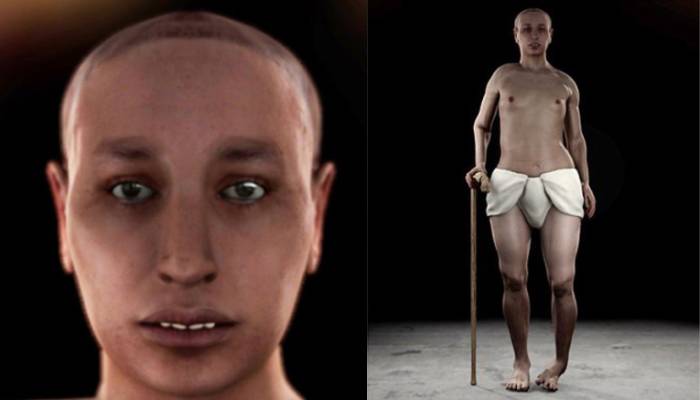
Artificial intelligence (AI) has been used to generate images showing what ancient Egyptian pharaoh Tutankhamun may have really looked like.
These AI-generated images were made following major DNA discovery related to the young king, offering a clearer and more realistic view of his facial features based on scientific data.
More than 100 years ago, archaeologist Howard Carter opened a tomb in Egypt that had been sealed for centuries.
Inside the tomb was mummified body of Tutankhamun, a young Egyptian king who died suddenly around the age of 18.
Experts think Tutankhamun was about 5 feet 6 inches tall, had a thin body, a head that was a bit longer than average and very noticeable front teeth.

Dr. Yehia Gad, a geneticist involved in the research, said DNA tests on Tutankhamun’s remains revealed a surprising fact that his parents are brother and sister, which was a big surprise for us. A lot of incest happened... they didn’t like to let royal and non-royal blood mix, so they tried to keep it within the royal family.”
In ancient Egypt, it was common for pharaohs and royal families to marry close relatives including siblings to keep their divine bloodline pure.
CT scans and further examination of his remains showed that he had a clubfoot, a cleft palate, necrosis in his left foot and may have required walking stick, several of which were found in his tomb.

Additionally, DNA tests also showed that he had contracted malaria multiple times, which along with his other health problems likely contributed to his early death.
